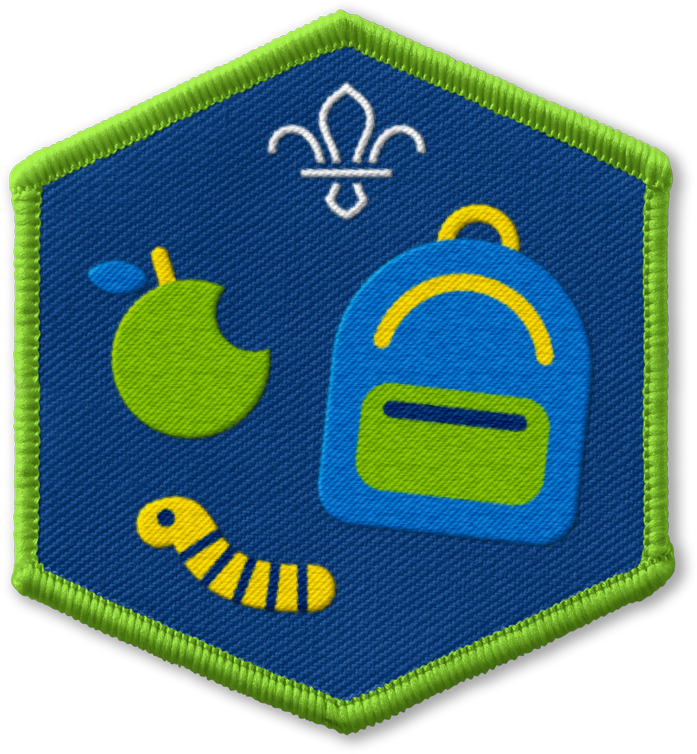
Gratitude scavenger hunt
You’ll need
- Scrap paper
- Pens or pencils

Feel joy, wonder, and calm when interacting with the natural world.
Before you begin
- Find a suitable place to run this activity. This activity can take place anywhere, however being outside can help the group interact with nature as well as feeling more connected with the local environment and themselves.
- Create a scavenger hunt answer sheet by drawing out a bingo grid and filling in each square with something different to find. We’ve suggested some ideas below.
Eyes down
- Everyone should have a scavenger hunt sheet and a pen or pencil. Everyone should find a quiet area by themselves or in pairs. Make sure everyone knows the area the activity is taking place in and doesn’t go too far.
- Everyone should use their scavenger hunt sheet and start checking off everything they can find. They can draw pictures, write a sentence or record their findings however they want.
- Once complete, everyone should get into small groups so they can share three or four of their items with each other.
- one thing that makes you happy/brings you joy
- one thing that you love to smell
- one thing that you enjoy looking at
- one thing that’s your favourite colour
- one thing that you are thankful for in nature
- one thing that inspires you/that you feel protective over
- one thing that you are curious about/want to know more about
- one thing that feels nice to touch
- one thing that you’ve never seen before
Reflection
This activity was all about improving wellbeing and valuing the outdoors. Which were your favourite things to notice while you were doing the activity? Did you see or hear or smell or touch something interesting? Think about how being out in nature can make you feel. It doesn’t always have to be good emotions: nature can bring us fear – for example, some people are scared of spiders and thunderstorms – or sadness, like when a predator catches its prey.
Safety
All activities must be safely managed. You must complete a thorough risk assessment and take appropriate steps to reduce risk. Use the safety checklist to help you plan and risk assess your activity. Always get approval for the activity, and have suitable supervision and an InTouch process.
- Outdoor activities
You must have permission to use the location. Always check the weather forecast, and inform parents and carers of any change in venue.
- Visits away from your meeting place
Complete a thorough risk assessment and include hazards, such as roads, woodland, plants, animals, and bodies of water (for example, rivers, ponds, lakes, and seas). You’ll probably need more adult helpers than usual. Your risk assessment should include how many adults you need. The young people to adult ratios are a minimum requirement. When you do your risk assessment, you might decide that you need more adults than the ratio specifies. Think about extra equipment that you may need to take with you, such as high visibility clothing, a first aid kit, water, and waterproofs. Throughout the activity, watch out for changes in the weather and do regular headcounts.
The sheet can be adapted for older or younger members of the group by changing the language and adapting the senses and emotions accordingly.
Some members of the group may not enjoy writing. As an alternative you could ask them to draw or find an item to match each point.
All Scout activities should be inclusive and accessible.
Ask the group to focus on one of the things they noticed while on the scavenger hunt. Can it inspire them to create or craft something, or write a poem to express their feelings and thoughts?
Allow the young people to write some suggestions of things to find. You could give examples of what to write but leave the grid space blank for them to fill in themselves.


